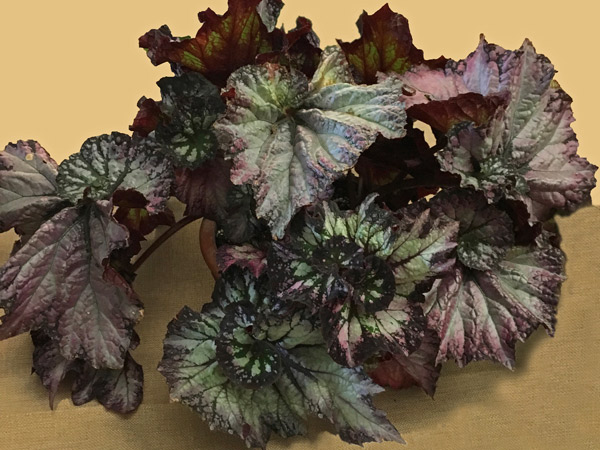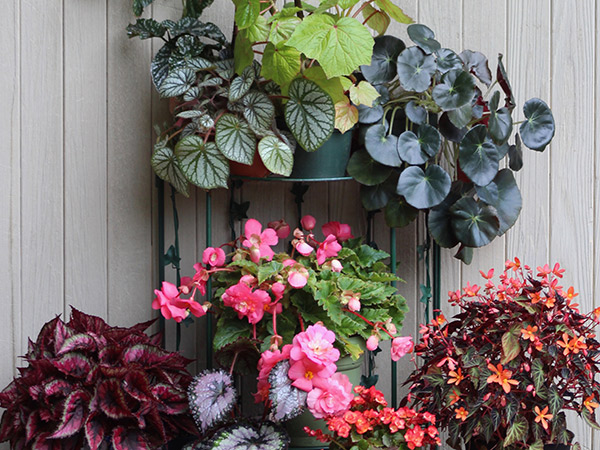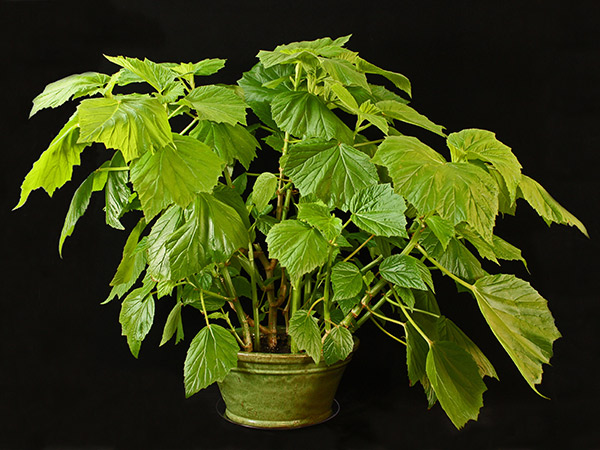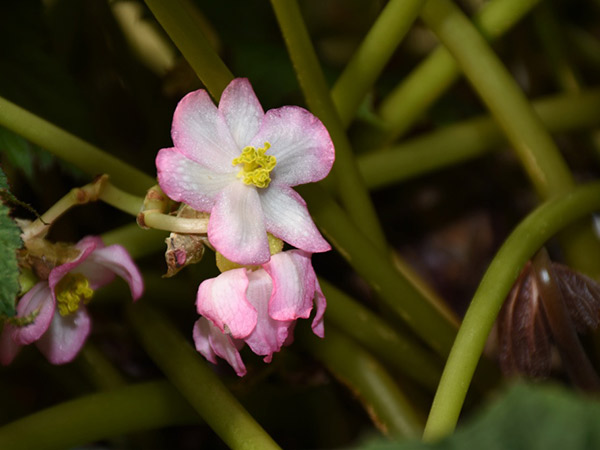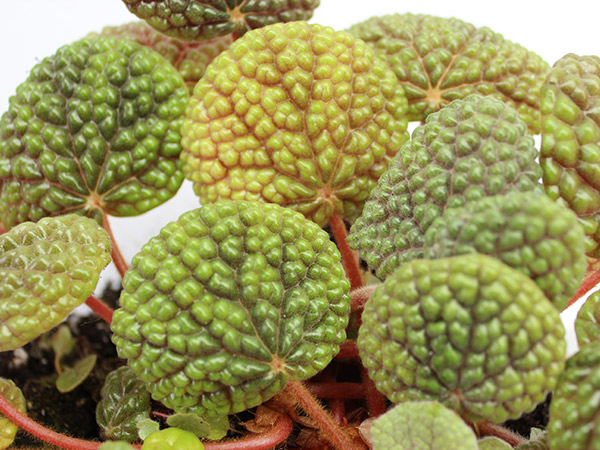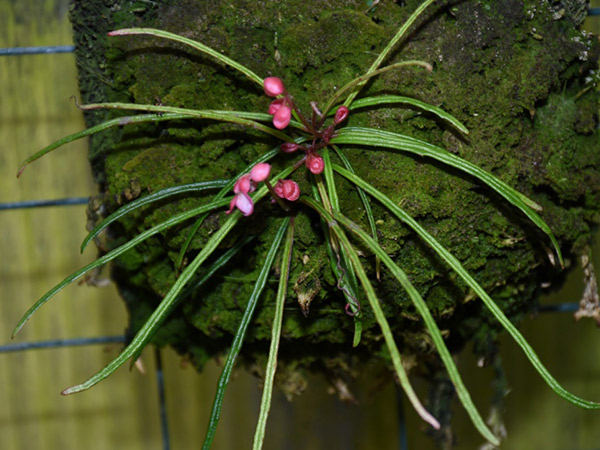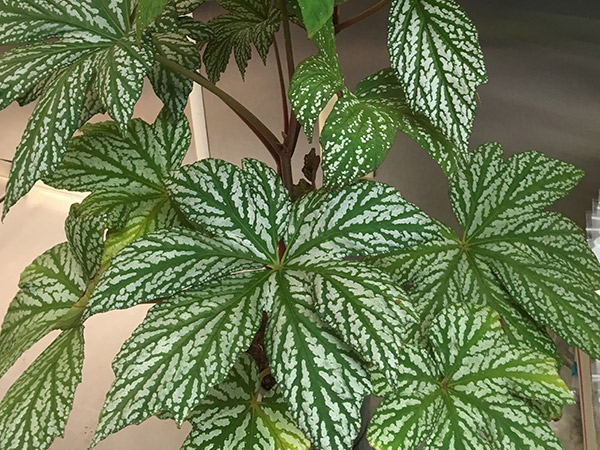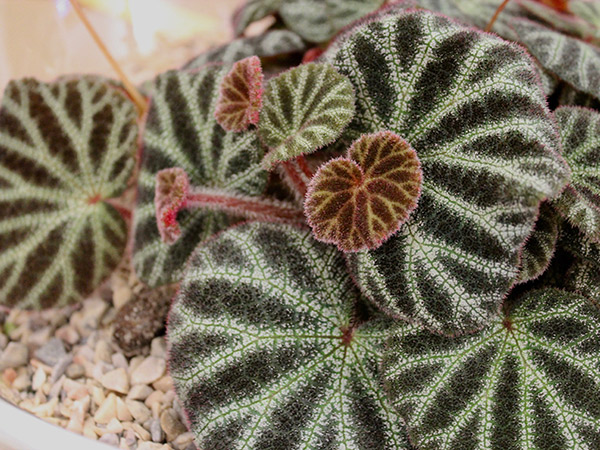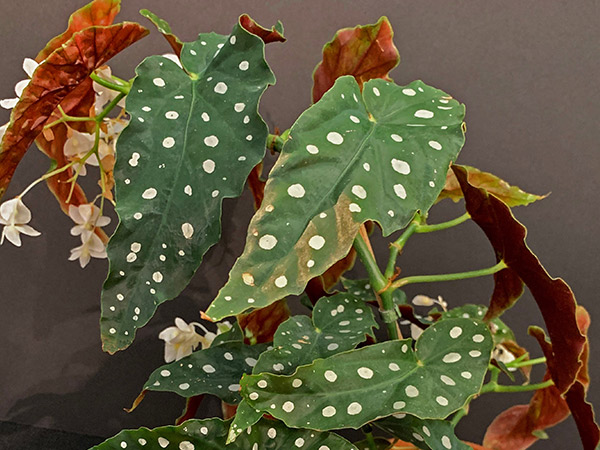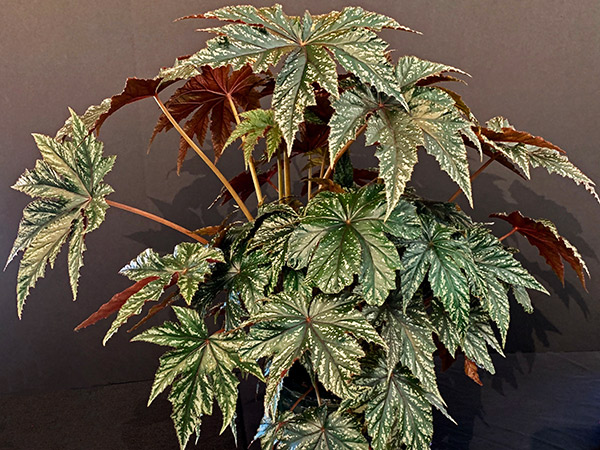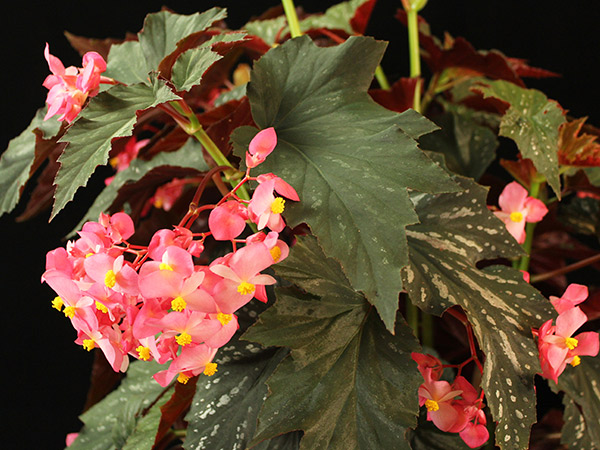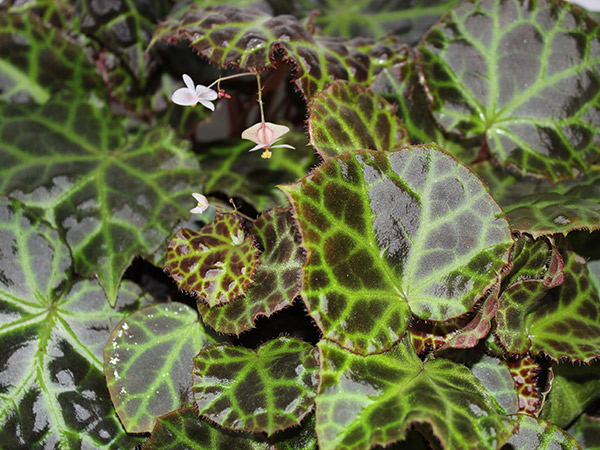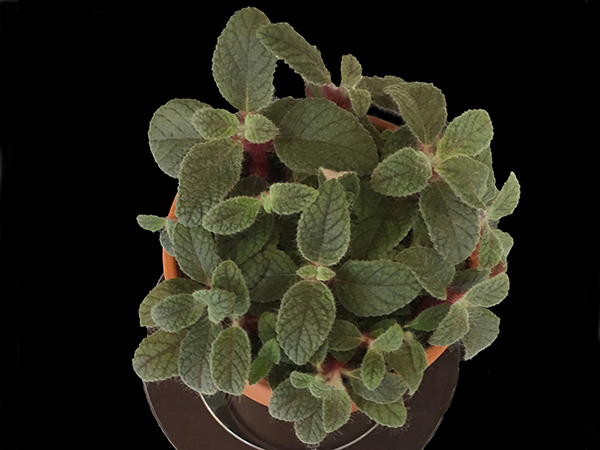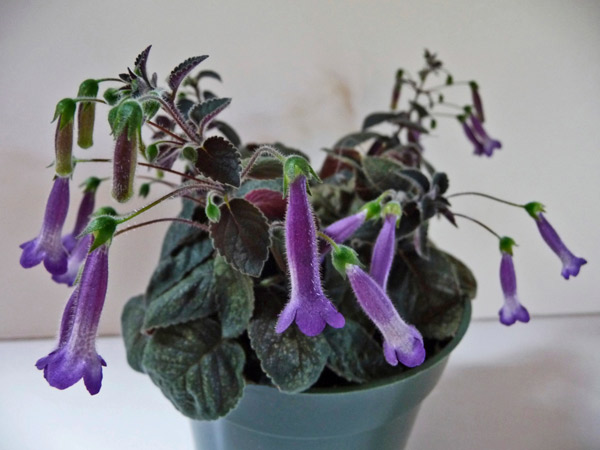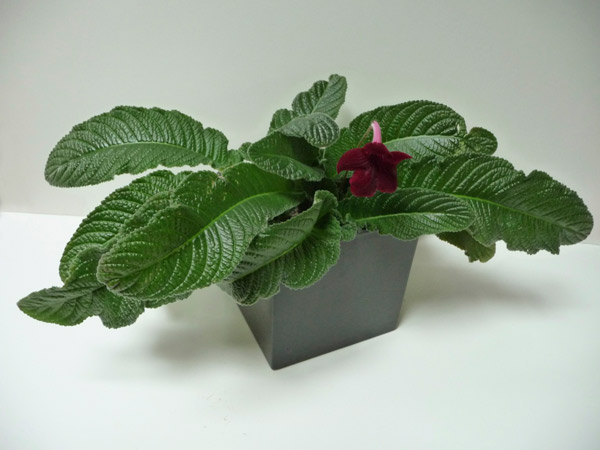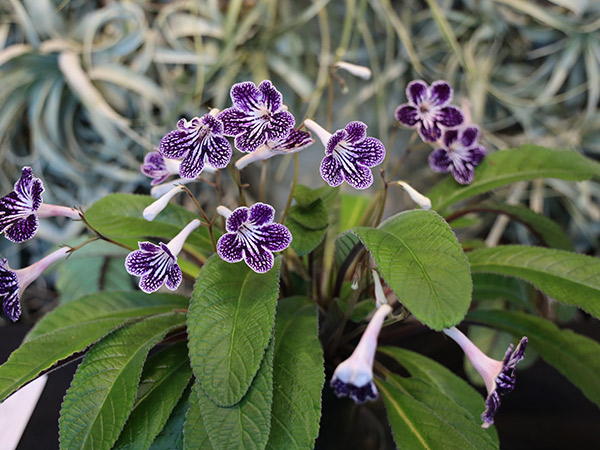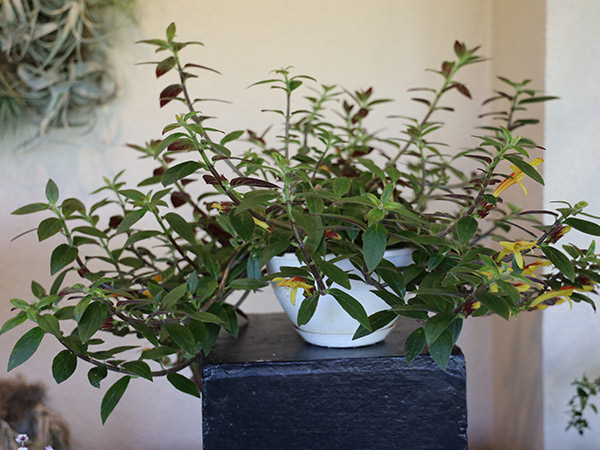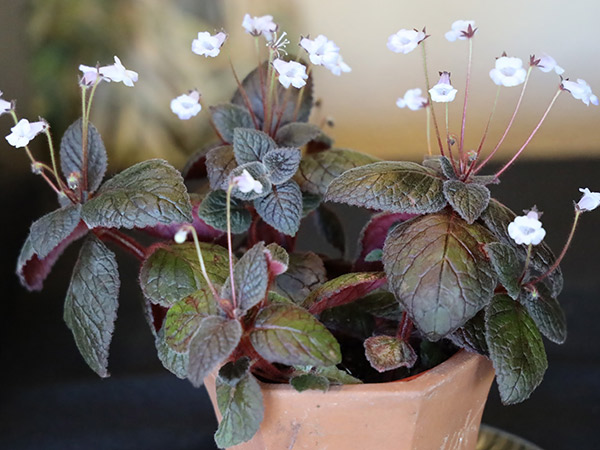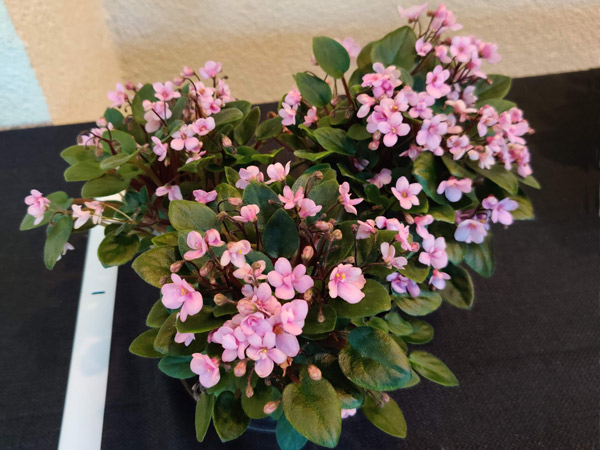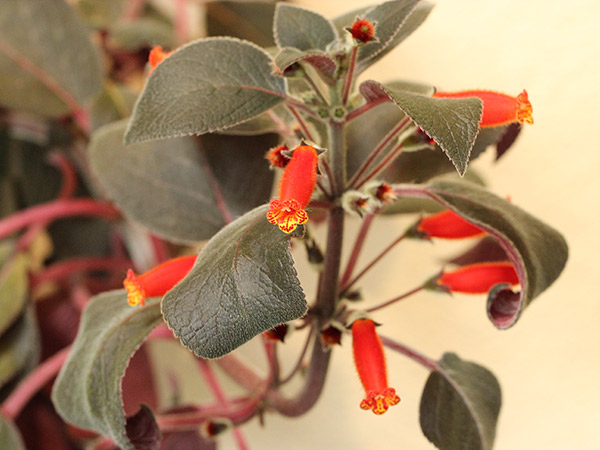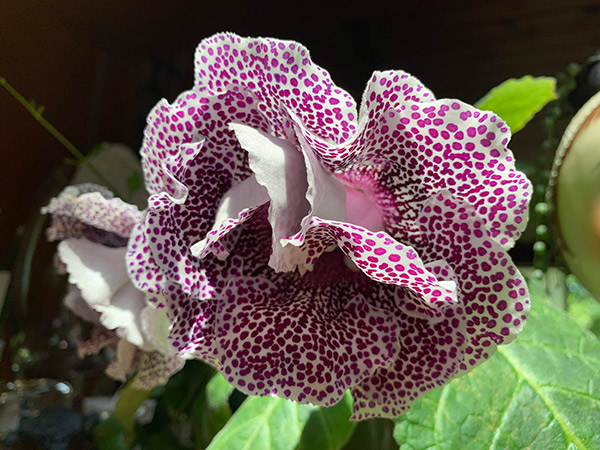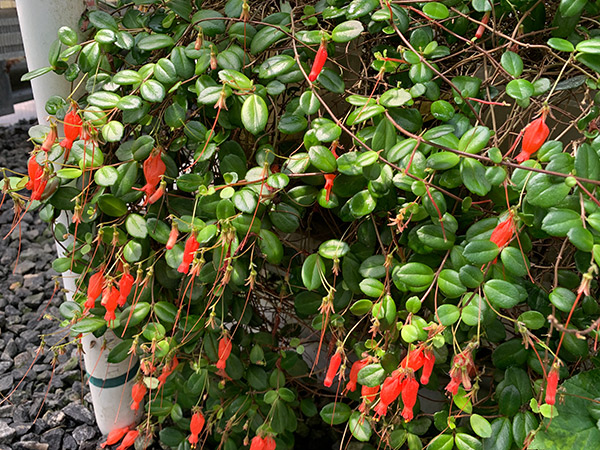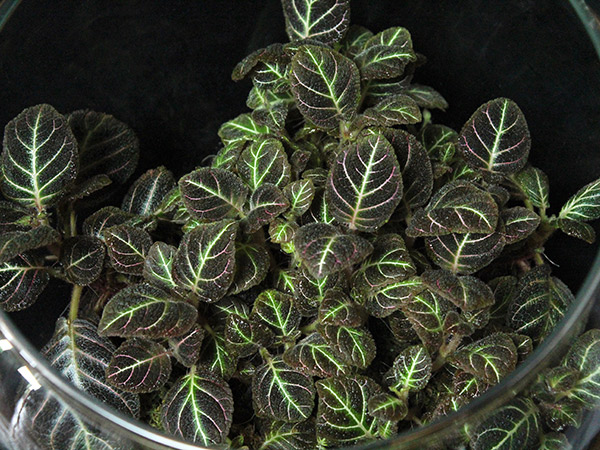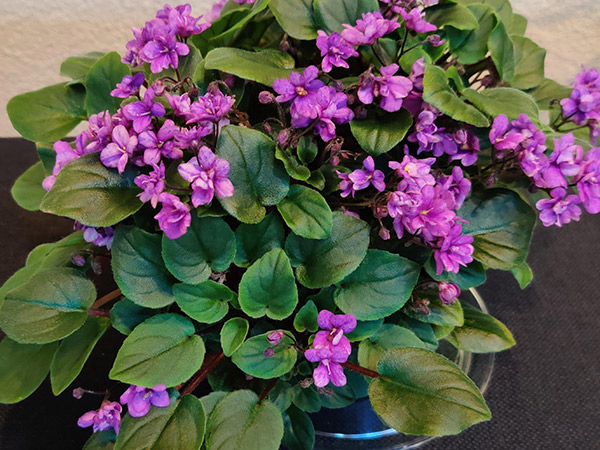Betsy Szymczak
Co-President, Buxton Branch of the American Begonia Society (ABS )
Chair of Buxton’s Annual Begonia Show and Sale
I have been president of the Buxton Branch since 2016 and now share this position with our new co-president Mike Mack. I have been a serious begonia-grower since 2012, am an ABS certified begonia judge, and the ABS national Judging Co-Chair.
About the Buxton Branch of the American Begonia Society
The Buxton Branch was founded in 1938 and is named after founding member Bessie Raymond Buxton of Peabody, MA. Currently the branch has about 50 members. We meet weekly from October to May, hold a major show and sale at THBG in September and enjoy seasonal member events. Each meeting features an educational program, a plant-of-the month presentation, an informal plant sale and a short business meeting.
Why Begonias?
Most New England gardeners use begonias as summer annual and bedding plants. Begonias, however, were discovered in the Victorian era and have been much-loved houseplants since! Species begonias are not indigenous to New England, but B. grandis a Chinese species can be grown as a shade perennial. Buxton members enjoy growing species and hybrids for their exotic foliage; flowers are a bonus. Some enjoy the challenge of growing rare plants that require unusual growing conditions. There is a begonia for everyone!
About the Begonia Show
Every September we organize a show and sale. Members and non-members are invited to enter plants that are classified and exhibited according to American Begonia Society (ABS) rules. In most years two teams made up of three ABS certified judges evaluate over 100 plants awarding ribbons, division awards, cultural certificates, special awards and of course Best-in-Show. We also sell hundreds of member-grown and commercial plants. Many rare and exotic species and hybrids attract collectors from all of New England. Begonia lectures and a workshop for kids rounds out the weekend.
Five Tips for Growing Begonias
- Light Outdoors begonias prefer full to part-shade. Indoors begonias prefer an east or west window; can also be under grow-lights or in a greenhouse.
- Temperature Indoor begonias grow best between 55o and 75o Some outdoor begonias can be brought into the house for the winter, some produce tubers that go dormant until spring.
- Water Many begonias are sensitive to overwatering. Pots should not sit in water for too long.
- Humidity Many begonias can adapt to dry indoor conditions over the winter, some prefer 60% humidity. These make very good terrarium plants.
- Growing Medium Begonias prefer a well-draining soil-less mix made of peat moss, perlite and/or long strand sphagnum. They do not mind being pot-bound.
Resources
- Buxton website: https://www.buxtonbegonia.org
- Buxton Instagram: @buxbegonia
- Buxton Facebook: https://www.facebook.com/groups/216406648483868/
- American Begonia Society: http://www.begonias.org
Want to become a Member?
New Members are always welcome. To find out more go to our website or email me at szymczakb@gmail.com
Phyllis Savage
Treasurer, New England Chapter of the Gesneriad Society
My name is Phyllis Savage. I am the current treasurer of the New England Chapter of the Gesneriad Society (NETGS). I have been the chair/co-chair of our annual flower show and plant sale for the past five years.
About The New England Chapter of the Gesneriad Society
Gesneriads (pronounced either “guess-NARE-ee-ads” or “jes-NARE-ee-ads”) are flowering plants of the Gesneriaceae family. The New England Chapter was formed in 1961. NETGS is a non-profit 501c3 Massachusetts based organization for hobbyists, horticulturists, and all who want to learn about or share information about Gesneriad plants. We are one of many chapters of The Gesneriad Society, an all-volunteer international society devoted to the identification, culture, propagation and conservation of gesneriads. We help to support research being done around the world to identify and preserve these plants species.
About Gesneriads
The best-known member of the Gesneriad plant family is the African Violet (Saintpaulia). Other common plants you may recognize are the goldfish plant (Nematanthus), the lipstick plant (Aeschynanthus), and cape primrose (Streptocarpus). There are over 3,200 species in the gesneriad family that are mostly found in tropical and subtropical regions. However, there are also some gesneriads (known as “alpines”) found in colder, temperate areas that can tolerate several degrees of frost. We have some members who have successfully grown some of these “alpines” in their backyard in Massachusetts.
Gesneriads are distinguished as “Old World” (those from Asia, Africa, Europe, and Australia) and “New World” (those from South and Central America). They are divided into three classifications: tuberous, rhizomatous, or fibrous rooted; all based on underground structures. We use these classifications in our flower show.
Tuberous gesneriads form underground storage organs (similar to root crops with a bulb or tubular part to store water and nutrients) that help the plant survive periods of drought in their native habitats. Most of these plants go into a dormant period after flowering and when growth has stopped. So, they may appear dead but don’t throw them out as they are just in a dormant stage. Sinningias are an example of this type of gesneriad.
Rhizomatous gesneriads, similarly, have a type of underground storage mechanism. Rhizomes form along the roots and are renewed each growing season. Some plants will have rhizomes that form above the soil line while other plants have rhizomes that form below the soil line. Rhizomatous gesneriads may also have a dormant period. Examples of rhizomatous gesneriads are Kohleria and Achimemes.
Fibrous rooted gesneriads lack any type of storage organ. They have thin groups of fibrous roots but no tuber nor rhizomes. Most gesneriads fall into this classification. There are some that will grow epiphytically on a moss-covered tree trunk or branch. African Violets (Saintpaulia), episcias, and streptocarpus are examples of a fibrous rooted gesneriads.
For more information see our website www.netgs.org

